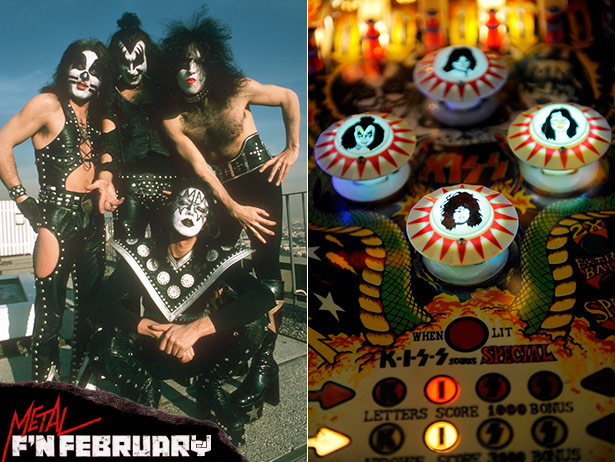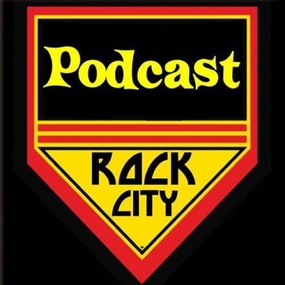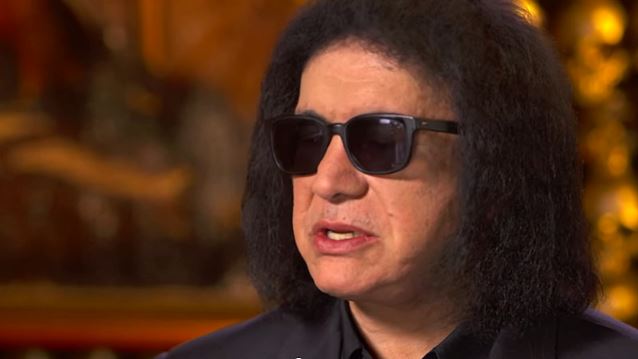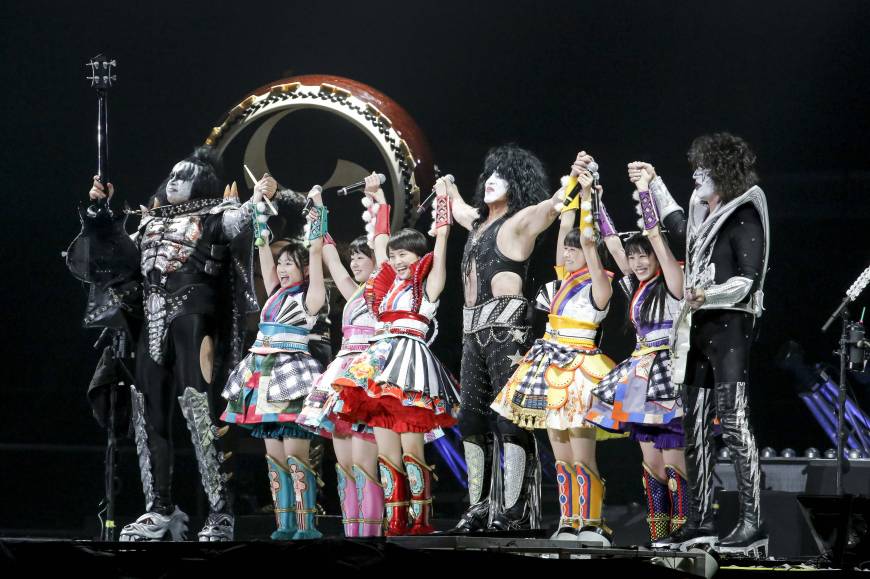Mike McPadden | VH1 Music
 “Heavy” and “metal.” In a physical sense, those words apply quite literally to pinball machines and video games, but there’s also no denying the spiritual, maybe even cosmic connection between headbanging music, quarter-pumping classic arcade fun, and crashing on the couch in front of the latest home-gaming system with hard rock blasting and maybe some certain other kind of substance blazing.
“Heavy” and “metal.” In a physical sense, those words apply quite literally to pinball machines and video games, but there’s also no denying the spiritual, maybe even cosmic connection between headbanging music, quarter-pumping classic arcade fun, and crashing on the couch in front of the latest home-gaming system with hard rock blasting and maybe some certain other kind of substance blazing.
On occasion, amusement manufacturers have combined hard rock aesthetics with coin-op hardware and/or at-home video games—sometimes to kickass effect, and other times to such goofy results that even those kick ass in terms of supplying metalheads with a good time.
Power up now for some continuous play with the Top 15 hard rock and heavy metal pinball machines and video games.
Kiss (1978)
The same year that Kiss inundated fans with four simultaneously released solo albums along with bubblegum cards, dolls, and do-it-yourself makeup kits, the band also released a signature pinball machine.
While the other ephemera may have faded through the years (except for Ace Frehley’s solo LP; that will always rule), Kiss pinball remains one of the all-time arcade greats. For four decades now, the machine has also served as a crucial “tell” when it comes rock-and-roll bars and clubs: when you see Kiss pinball in the corner, you can rest assured you’re in a cool place.
In fact, Kiss pinball is so perfect that, despite mind-blowing forward-leaps in coin-up technology and Gene and Paul’s famous passion for cash-ins, the group has never updated the original machine, except as a PlayStation video game in 2001. That, for sure, was not quite the same.
Promising “hot licks,” “gonzo guitar,” “awesome stacks,” and overall “metal mayhem,” Heavy Metal Meltdown perfectly captures and conveys headbanger overkill circa ’87.
The back-glass depicts three wailing axe-masters—fake Jimmy Page on the left, fake Ted Nugent on the right, and fake Eddie Van Halen looming largest and loudest in the middle—while miniature fake Marshall amps piled on top blare out riffs, licks, solos, and general bombast. Ace ball manipulation lights up the letters H-E-A-V-Y and M-E-T-A-L in glorious Flying-V formation.
Heavy Metal Meltdown is the one pinball machine above all others that should be played by flipping the bumpers while keeping one’s fingers in perpetual devil-horn salute.
No force in rock-and-roll has done more for pinball than the Who, specifically by way of their landmark rock opera Tommy and its enduring anthem “Pinball Wizard”—the famous chronicle of how a “deaf, dumb, and blind kid sure plays a mean pinball!”
The 1975 movie version of Tommy inspired an unofficial machine called Wizard, the ads for which featured the movie’s female lead, Ann-Margret. More directly, Tommy spawned the 1976 Captain Fantastic pinball game, which showcased Elton John dressed in costume as the Pinball Wizard character he plays in the film.
Leaping ahead a couple of decades, the Who mounted a huge, lavish Broadway production of Tommy in 1993. A dynamic stage hit worldwide, the show also launched The Who’s Tommy: Pinball Wizard machine.
Like the theatrical production, Pinball Wizard dazzles and rocks with lights, sounds, graphics, and explosive tabletop action that’s so intense it may well leave you deaf, dumb, and blind for a spell after playing.


 KISS bassist/vocalist Gene Simmons recently selected GUNS N’ ROSES‘ debut album, 1987’s “Appetite For Destruction”, as one of his thirteen favorite LPs of all time. Speaking to
KISS bassist/vocalist Gene Simmons recently selected GUNS N’ ROSES‘ debut album, 1987’s “Appetite For Destruction”, as one of his thirteen favorite LPs of all time. Speaking to  The Kiss show at Tokyo Dome on March 3 was the third time I’ve seen the band play live.
The Kiss show at Tokyo Dome on March 3 was the third time I’ve seen the band play live.